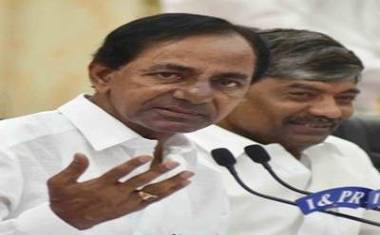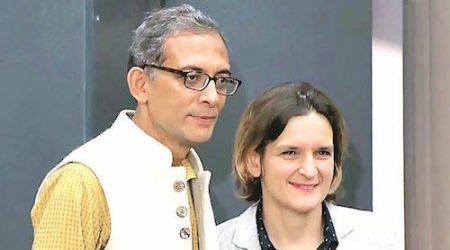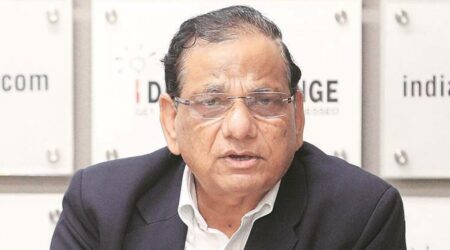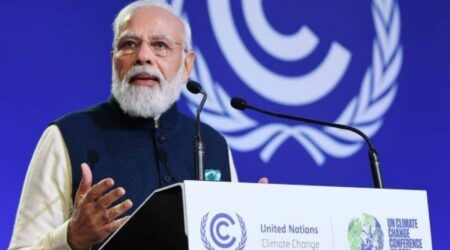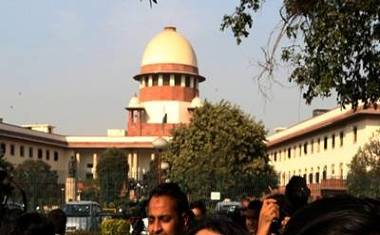Intro: Apart from Covid-19 that dominated the news, in India, the foundation stone was laid for the Ayodhya Ram Temple, key state elections were conducted and several mass protests were held amid deadly Delhi riots.

Delhi’s Shaheen Bagh became the epicentre in the CAA protests.
CAA protests shook the nation
Protests continued in 2020 over the Citizenship Amendment Act (CAA) which grants citizenship to Hindus, Sikhs, Jains, Parsis, Buddhists and Christians fleeing religious persecution from Pakistan, Afghanistan, and Bangladesh if they entered India on or before December 31, 2014. People protested against the CAA in Delhi’s Shaheen Bagh area for over a month that ended on March 24 as pandemic lockdowns began in India.
Riots broke out at many places in north-east Delhi in February, in protest against the Citizenship Amendment Act. The violence erupted on February 22 but the riots continued for 4 days, claiming 53 lives and around 600 people were injured. Several dead bodies were retrieved from a nullah, where mutilated bodies were dumped.
The Delhi riots were triggered through social media, and this medium was used as a weapon to execute the conspiracy as per the chargesheet filed by Delhi Police.

The agitating farmers have announced to take out a tractor rally towards Delhi on Republic Day.
Farmers’ protest refuses to die
Thousands of farmers from Punjab, Haryana and western Uttar Pradesh have been protesting at the borders of the national capital demanding the repeal of the three key farm laws, among other issues.
The Singhu border, ground zero of the snowballing protests, saw thousands of farmers blocking highways from Punjab, Haryana and Rajasthan leading to Delhi. The farmers agitation continued after the ministerial level talks between the farmers leaders and the Central government failed to reach a consensus.
The agitating farmers have announced they will take out a tractor rally towards Delhi on Republic Day, besides a series of programmes in a bid to intensify their protest.

Prime Minister Narendra Modi performing the ‘Bhoomi Pujan’.
Work begins on Ram Temple in Ayodhya
Prime Minister Narendra Modi performed the ‘Bhoomi Pujan’ and laid the foundation stone for the Ram Temple in Ayodhya on August 5. Shri Ram Janmabhoomi Teerth Kshetra trust had announced in September that Ram Temple will have 1,200 pillars which will go 200 feet deep. It is expected that the Ram Mandir would be 161 feet tall.
In a related development, nearly 28 years after the Babri Masjid was demolished, the Special CBI court on September 30, 2020, acquitted all 32 accused in the case, including former deputy prime minister LK Advani, Murli Manohar Joshi, Kalyan Singh and Uma Bharti.
Arvind Kejriwal back as Delhi CM
Aam Aadmi Party (AAP) chief Arvind Kejriwal took oath as the chief minister of Delhi on February 16, for the third time at the Ramlila Maidan Ground.
The Aam Aadmi Party swept the Delhi Assembly election 2020, bagging 62 out 70 seats and decimating its rivals BJP and Congress. The BJP bagged eight seats, while the Congress failed to open its account and the party’s 62 candidates lost their deposit.
Kejriwal’s oath-taking ceremony at the Ramlila Maidan also assumed significance as it was from this ground that he along with noted anti-corruption crusader Anna Hazare led a massive anti-corruption agitation.
Nitish Kumar back as Bihar CM too
The National Democratic Alliance (NDA) registered a victory in the Bihar assembly election and JD(U) chief Nitish Kumar once again sat on the chair of the Chief Minister. This was the seventh time Nitish Kumar became the Chief Minister of the state. After the ruling alliance’s victory, Nitish Kumar took to Twitter to thank the people of the state and he also expressed his gratitude to Prime Minister Narendra Modi for his co-operation.
The JD(U) chief got the full backing of all constituents of the NDA, including the BJP, which has outperformed his party in the assembly elections. The BJP secured 74 seats while the JD (U) managed only 143.
Covid-19 spreads in India
The first case of the coronavirus in India was found in Kerala on January 30 through a medical student who had returned from Wuhan. This was followed by the second and third cases in February.
Mass gatherings such as the Tablighi Jamaat event at Delhi’s Nizamuddin, held between March 1-21, became super spreaders. As cases increased, Prime Minister Narendra Modi announced one of the world’s most stringent lockdowns on March 24, halting most economic and social activities, closing borders and allowing only essential services to continue.
Over 10 months later, India has crossed 1 crore cases, while the death toll touched over 1.5 lakh.

Several migrants died of hunger, heatstroke and exhaustion.
Migrant exodus got international attention
As the coronavirus spread, India saw a humanitarian crisis, with the lockdown impacting nearly 40 million migrants. What started as groups of migrants walking from Mumbai and neighbouring districts to their hometowns in Gujarat and Rajasthan slowly grew into the largest mass exodus since the Partition, in March.
Many traveled thousands of miles on foot to reach their villages in Uttar Pradesh and Bihar, while others traveled by the special Shramik trains that were launched by the government. Not all reached their destinations, though.
According to data compiled by road safety NGO, 198 migrants lost their lives in road accidents during this lockdown period, while many more have died of hunger, heatstroke and exhaustion.
India-China clashes at border
On May 5, a scuffle broke out between Indian and Chinese forces, who had encroached into the Indian border at the Pangong Tso lake in Ladakh. Soldiers from both sides engaged in stone-pelting and fistfights and around 11 soldiers were injured.
On June 14, Indian army soldiers were attacked with iron rods and barbed wires, unprovoked. In the resultant hand to hand combat, during the interluding night between June 15 and 16, 20 Indian army personnel and nearly 43 Chinese soldiers were killed.
The Indian government reacted by banning over 200 mobile apps developed in China, along with several infrastructural projects for which Chinese companies had won contracts.
GDP shrinks a record 23.9 percent
India recorded a GDP drop of 23.9 per cent, in the period April-June 2020. This was the worst contraction since India started reporting GDP data in 1996. The stringent lockdown measures, which put a huge dent on the economy, caused all sectors, apart from agriculture to suffer huge losses. The gross value added growth (GVA) in the manufacturing sector shrank by 39.3 per cent, while industries such as construction, trade, travel and hospitality, were all badly affected.

The country began its term on January 1, 2021.
India finally elected to UNSC
India was formally elected as a non-permanent member of the United Nations Security Council (UNSC) for a period of two years on June 18, 2020, after winning with an overwhelming majority. This is the 8th term for the country, the previous one being in 2011-12.
India was the sole candidate from the Asia-Pacific region for the 2021-22 term. Since long, India has been pushing to get a permanent seat at UNSC. The country began its term on January 1, 2021, joining 15 other members – five permanent and 10 non-permanent at the Council.



